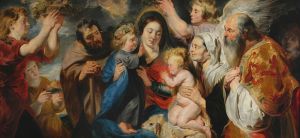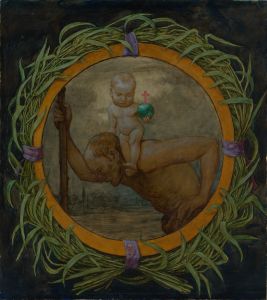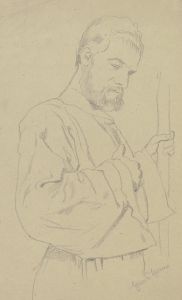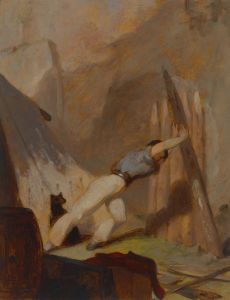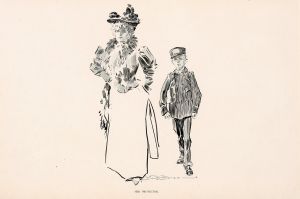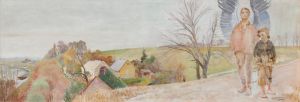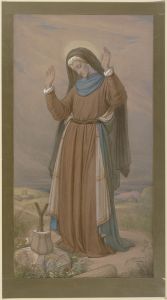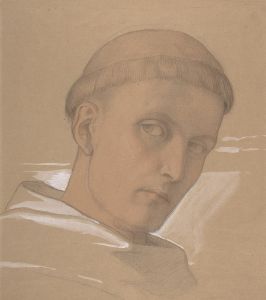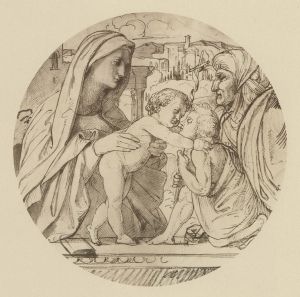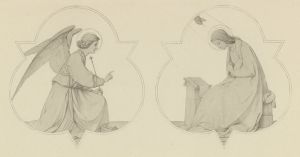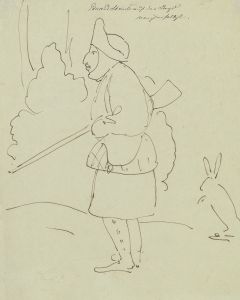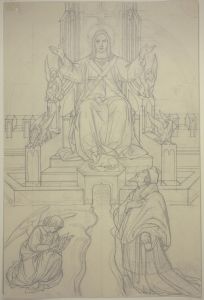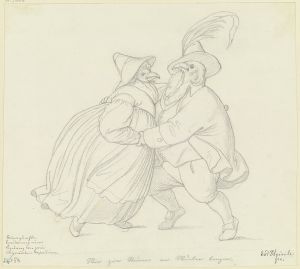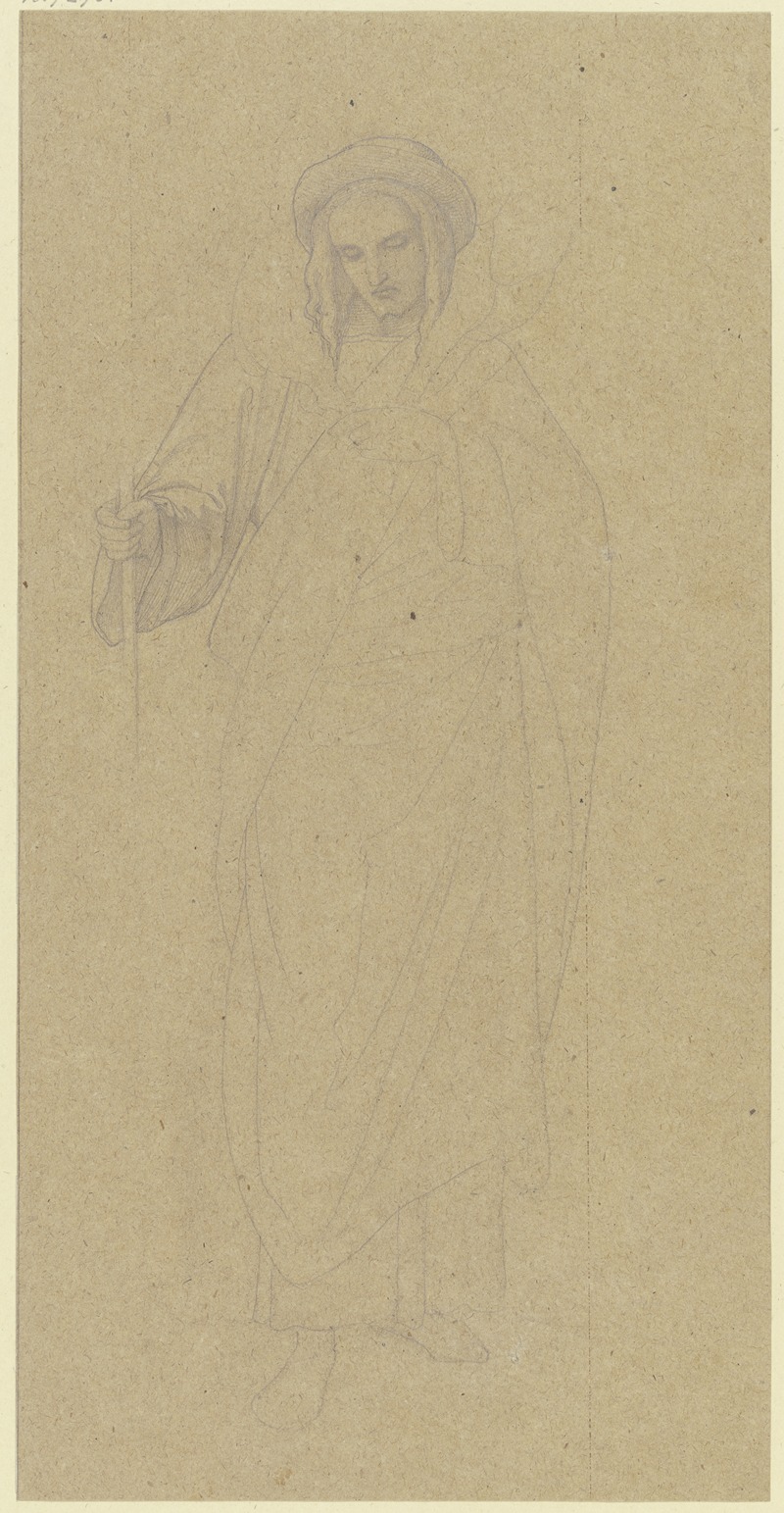
Christ, the Good Shepherd
A hand-painted replica of Eduard von Steinle’s masterpiece Christ, the Good Shepherd, meticulously crafted by professional artists to capture the true essence of the original. Each piece is created with museum-quality canvas and rare mineral pigments, carefully painted by experienced artists with delicate brushstrokes and rich, layered colors to perfectly recreate the texture of the original artwork. Unlike machine-printed reproductions, this hand-painted version brings the painting to life, infused with the artist’s emotions and skill in every stroke. Whether for personal collection or home decoration, it instantly elevates the artistic atmosphere of any space.
Eduard von Steinle was a notable 19th-century German painter associated with the Nazarene movement, which sought to revive honesty and spirituality in Christian art. Among his works, "Christ, the Good Shepherd" stands out as a significant piece, reflecting the religious and artistic values of its time. This painting, like many of Steinle's works, is deeply rooted in Christian iconography and the traditions of the Nazarene movement.
The Nazarene movement, which began in the early 19th century, was characterized by its members' desire to return to the purity and simplicity of medieval and early Renaissance art. They emphasized religious themes and sought to imbue their works with spiritual depth and moral integrity. Steinle, as a prominent member of this movement, often depicted biblical scenes and figures with a focus on conveying their spiritual significance.
"Christ, the Good Shepherd" is a representation of one of the most enduring and comforting images of Christ in Christian theology. The image of Christ as the Good Shepherd is derived from several passages in the New Testament, particularly the Gospel of John, where Jesus describes himself as the shepherd who lays down his life for his sheep. This metaphor has been a popular subject in Christian art for centuries, symbolizing Jesus' care, guidance, and sacrifice for humanity.
In Steinle's depiction, Christ is often portrayed with a serene and compassionate expression, emphasizing his role as a caretaker and protector. The composition typically includes elements such as sheep, which are symbolic of the faithful, and pastoral settings that evoke peace and tranquility. These elements work together to create a sense of divine guardianship and benevolence.
Steinle's style is marked by meticulous attention to detail and a harmonious use of color, which are evident in "Christ, the Good Shepherd." His ability to convey emotion and spirituality through his art is a testament to his skill and dedication to the Nazarene ideals. The painting reflects not only his technical prowess but also his deep religious conviction.
Throughout his career, Eduard von Steinle was celebrated for his contributions to religious art, and his works were widely appreciated for their sincerity and depth. "Christ, the Good Shepherd" is a prime example of his ability to merge artistic beauty with profound spiritual themes, making it a significant piece within the context of 19th-century religious art.
While specific details about the creation and current location of "Christ, the Good Shepherd" by Eduard von Steinle may not be extensively documented, the painting remains an important representation of the artist's oeuvre and the broader Nazarene movement. It continues to be appreciated for its spiritual resonance and artistic merit, reflecting the enduring appeal of the Good Shepherd motif in Christian art.





